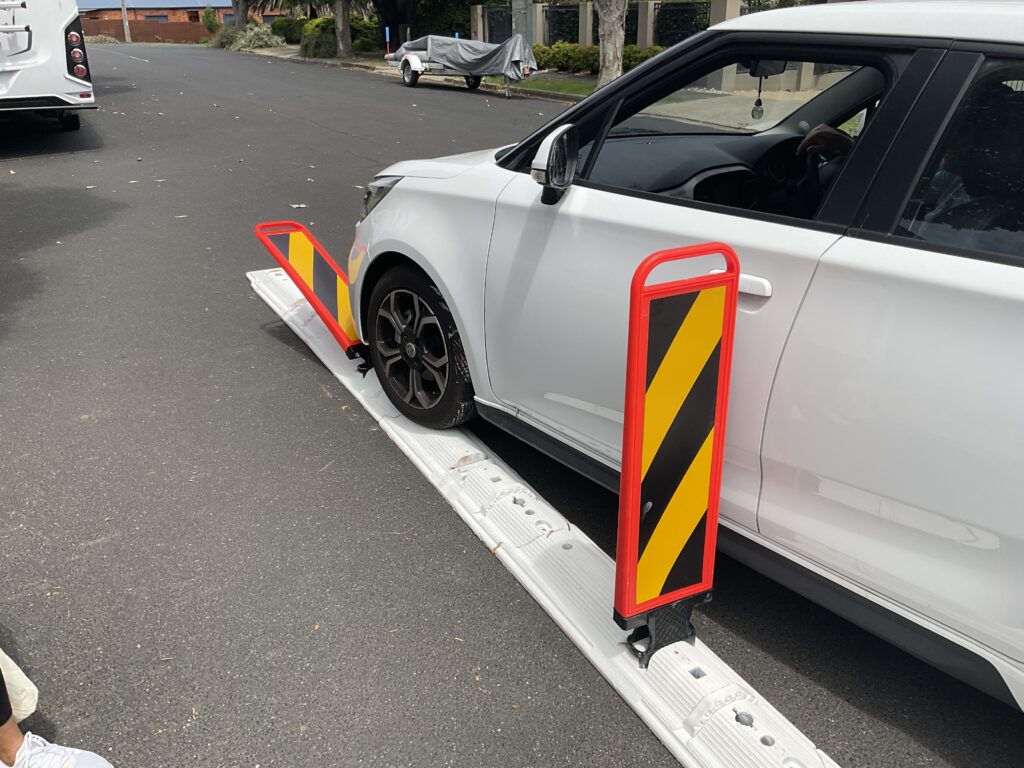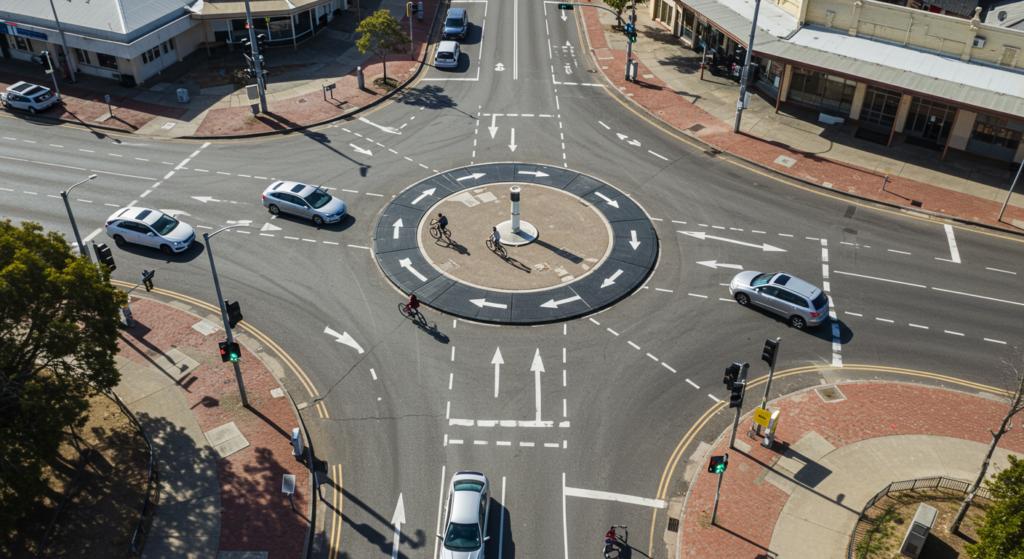Speeding remains one of the most significant risks on roads where everyday drivers travel. Whether it’s a quiet neighbourhood or a busy school zone, fast-moving cars put everyone in harm’s way. This includes people walking to shops, cycling to work or crossing roads with children.
Traffic calming works by guiding people’s driving habits without requiring constant reminders. It uses road design to shift behaviour, making streets safer and easier to use. These changes do not rely on warning signs or fines but instead use the shape of the road itself to slow cars.
The space around them shapes driver habits. When a street feels open and fast, people often drive without caution. When calming tools are used, drivers notice the difference and adjust their driving style accordingly. Over time, this leads to safer habits for all road users.
Slower Speeds in Everyday Areas
Traffic calming is most common in school zones and residential areas. In these areas, tools such as rubber speed humps, raised crosswalks, and cushions help keep cars at safer speeds. These tools are designed to encourage a smoother, slower drive.
After humps are installed, most drivers reduce their speed to under thirty kilometres per hour. Chicanes and traffic circles break up long stretches of road and prevent quick turns. As a result, drivers gain time to react when something unexpected happens.
Rubber speed cushions from Traffic Products Australia are often used in areas that require both comfort and safety. Raised platforms help protect pedestrians walking near shops or crossing to the park. Separation kerbing guides vehicles while still allowing space for bikes and walkers.
Fewer Sudden Moves and Aggressive Driving
On wide roads, drivers often make fast and risky moves. They brake sharply or swerve without warning. Narrower lanes and gentle curves change this behaviour and bring a calmer response.
When the road feels tighter or more crowded, aggressive actions tend to drop. Rubber roundabouts and kerbing help stop quick lane changes. This design sends a clear message to slow down and keep steady.
- Kerbing and roundabouts help slow traffic in a simple way
- Chicanes lower the risk of unsafe passing
- Speed tables keep driving steady through shared spaces
Fewer Dangerous Shortcuts and Route Changes

Fast roads often lead to more drivers cutting through side streets. Traffic calming reduces this by making shortcuts slower and less appealing. This shift helps keep noise and traffic out of family areas.
When streets have calming features, drivers choose main roads again. This reduces pressure on quiet neighbourhoods and distributes traffic more effectively.
- Diagonal kerbing makes it harder to rush into side lanes
- Speed cushions hold a steady pace without full stops
- Local areas use calming ramps to limit outside traffic
Long-Term Mindset Shifts
Drivers begin to expect slower speeds in busy areas over time. Even where calming tools are not present, habits start to change. The road feels like a shared space which builds more careful driving.
This change is not just about rules. It’s about making the street feel safe for everyone. With every raised walkway or small traffic circle, awareness grows.
- Calm driving becomes normal in residential and shopping areas
- People on foot feel safer and more respected
- Driving turns into a more thoughtful and relaxed task
The Data Behind the Behaviour
Research shows that traffic calming lowers speed by fifteen to twenty per cent. Serious speeding decreases from around 14 per cent to just 1 per cent after rubber humps are installed. Streets that add calming features also report fewer crashes and injuries.
Austroads’ “Guide to Traffic Management Part 8: Local Area Traffic Management” provides solid data on the impact of local traffic calming devices (including speed humps) across Australia. For example, speed humps reduce the 85th percentile speed and crash rates significantly.
These results prove that changes in road design shape behaviour. With the proper setup, drivers become more alert and slow down even without being instructed to do so.
- The average top speed after humps is around twenty-six kilometres
- Speed tables lower fast traffic while keeping roads smooth
- Traffic circles and chicanes help drivers follow gentle curves
Conclusion
Traffic calming is not just about roads. It is about the way people behave behind the wheel. Drivers slow down, take fewer risks and think more clearly. These small changes make the whole road feel safer and more welcoming.
Tools like raised crosswalks and rubber speed cushions make a clear difference. They guide behaviour without needing reminders or signs. The goal is simple: slower driving and safer streets. And when that happens, everyone benefits, including drivers themselves.For more information on traffic calming, read this article.


